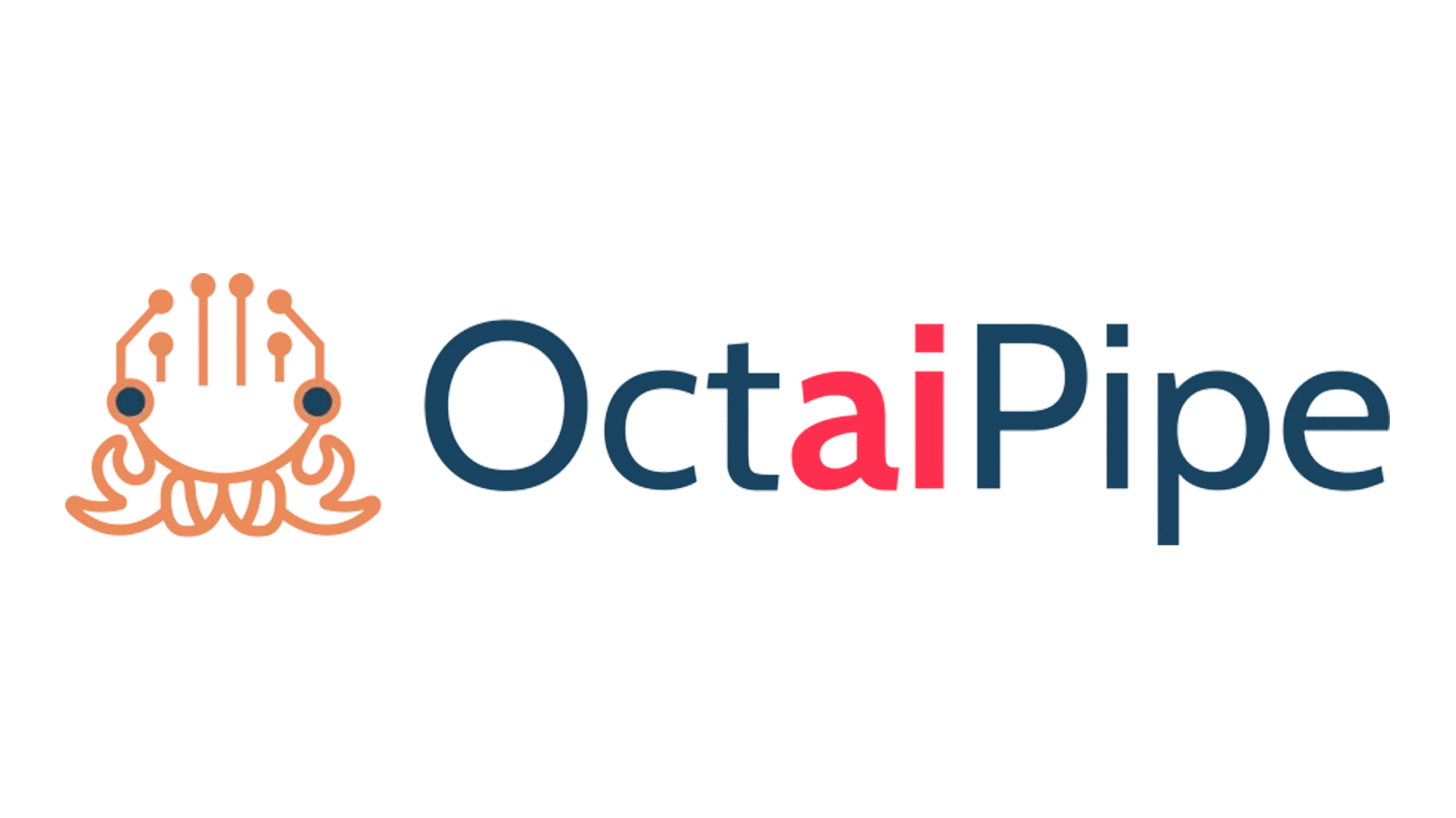How can manufacturers make sense of their data and return value from data solutions?
Last year, The Manufacturer hosted almost 100 executive decision makers at the Industrial Data Summit ‘to discuss how best to take advantage of data solutions and leverage the power of digital technology’. To champion the advantages of data, analytics and machine learning, T-DAB.AI partnered with Si2 and Hennik Edge to deliver a roundtable focused on helping industry teams navigate the opportunities and challenges presented by data and respective solutions.
Our aim was to help industry teams navigate from respective business problems to data solutions, and equip manufacturers with a high level roadmap to apply to their own organisation to maximise the value of their data project. The feedback was fascinating and identified three critical steps to maximise the value of your data solutions.
The demand from the session and for the technical insight prompted T-DAB to deliver a number of additional workshops across the UK. So don’t worry if you missed us, you can register for these workshops using the link below and follow T-DAB on LinkedIn for futher updates: Register here
1. Articulate the Business Problem
Almost without exception, we all concluded that it is important to start with the business problem area in mind. It is also the first principle of Lean Manufacturing: “specify value from the customers perspective”.
When working with data, it is important to not only understand the business value in your immediate area of responsibility (be that the factory or customer), it is also important to look across the whole value chain from component to end user. Often, data in one area of the chain can have significantly more value associated with it in another part of the eco-system. We also discussed looking beyond the immediate product or service but try to understand the potential impact on the Total Cost of Operation (TCO).
During the discussions, we observed that there were varying levels of completeness of the business problems described. However, in nearly all cases the orders of value (i.e. pounds!) were often missing. Understanding the relative values of the different components of the TCO is critical to identifying priorities.
Machine downtime is a good example of a scenario where we can easily determine value. Valuate a productive minute for a machine or production line, and then calculate your average downtime window. You now have a baseline of cost, which you can repeat this for all the components in your production line and start to consider the impact for your supply chain; lost productivity, tooling costs, missed deadline and penalties, and brand and reputational damage – all of which help paint a picture of value.
"Data Scientists cannot tell you patterns that interest you without knowing the area of interest”
2. Define the Data Problem
The next challenge we discussed was how to turn the business problem into a business-data hypothesis. This would describe an expected or speculated relationship that we hope to determine through the analysis of data. For example, the hypothesis for a predictive maintenance solution might be: ‘We can identify the failure patterns for the machine hydraulic system using pressure, oil contamination, temperature and humidity data from the PLC, such that we can predict failures and recommend corrective actions’.
Why is this important? Data Scientists cannot tell you patterns that interest you without knowing the area of interest! Hence converting the business problem into a hypothesis is a key part of the process and applying the scientific method which is question led and iterative.
But the hypothesis does not have to be fixed. It is very likely that it will be altered as more knowledge is gained about the data being analysed or definition of the business problem evolves. One must expect a certain amount of iteration from business problem to data problem as the knowledge expands, and this in turn helps deliver optimal business value.
The next step to defining the data problem is to understand your data maturity and approach. We do this using four parameters, also known as the four Vs:

Volume: How much data do I have to analyse
Variety: How many different data types am I looking at
Velocity: What is the speed at which the data is being acquired
Veracity: How accurate, complete and robust is the data
The 4V’s together with the Business Data Hypothesis will help us define the most suitable analytical techniques that we should consider using.
3. Pilot before Scale-up
Now that the data problem is defined, managers can understand where they may have organisational and infrastructure gaps for their project, and from this be able to identify the first steps of their roadmap to possible data solutions. It is important that these early steps include a pilot of the solution. The goal is to quickly understand if the solution is likely to be successful, and the actions to be taken to scale up across the organization.
Here the PDCA steps of “do – check – act” come into play as there is rapid prototyping or piloting of a new solution, checking the results against what was expected and using this information to learn more about the process. The final solution can then be adjusted prior to implementation and/or replicated across multiple solutions.
Often in business we take it for granted that we have all the capabilities in place to be able to run our business. However in today’s world, where the use of technology is rapidly evolving, it is very easy to become ‘out of data’ both from a business mindset as well as technology capability. There are a range of use cases that you can explore to add value to your business such as enhanced customer insights and optimised supply chain planning. Check out our projects in Industry Solutions and sign-up below to receive our next post where we’ll explore some further examples of how Industry 4.0 and Data is enhancing lean principles.
TAKE CHARGE OF YOUR DATA
We want to continue helping businesses to take advantage of their data. So, using our roundtable process, we’re delivering a number of Data & AI Readiness Workshops aimed to demystify the process of monetizing your data. The output from the seminar will form a high level roadmap and identify the business-data value hypotheses, how you can leverage data to grow profit and revenue in your business, and how you can apply this insight to rapidly prove value. You can register for a workshop to suit you by clicking the button below: Register here



